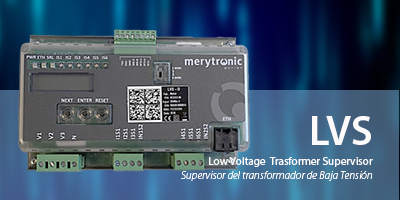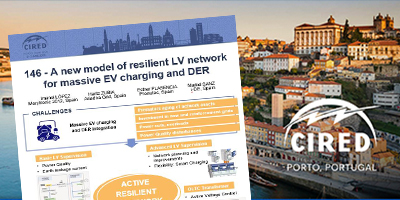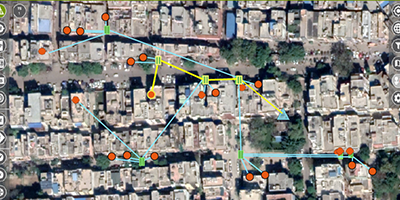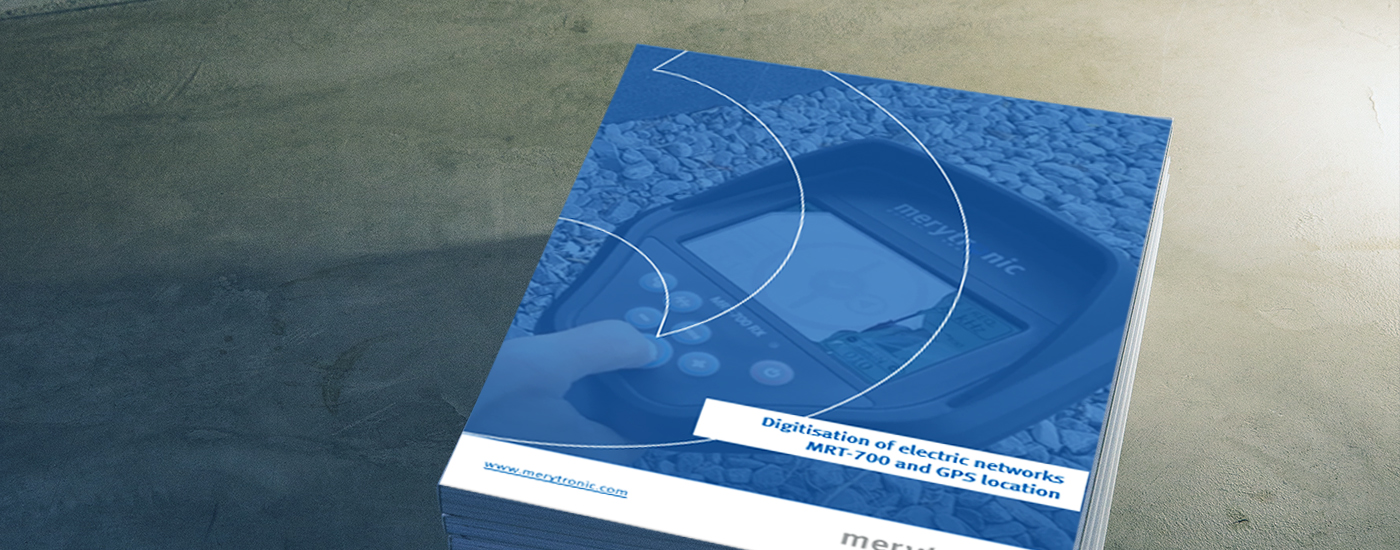
Automation solutions for Smart LV distribution networks
Paper presented at https://www.cired2023.org/CIRED 2023
Introduction
One of the main challenges facing distribution system operators (DSO) nowadays is the expected increase in electric vehicle (EV) charging sessions, which will affect the quality and quantity of the energy supply delivered. In fact, the increase of the network loading level will reduce system reliability performance (due to interruptions, voltage variations…). Moreover, the current conflicts on the international scene are leading leading European experts to discuss the transformation of international energy relations. Distributed energy resources (DER) are one of the keys to have energy independency and obtain potential benefits from using reactive power capabilities.
A secure and hig-quality electricity service
In this changing and uncertain scenario, DSOs have a fundamental role in providing a secure and high-quality electricity service. Thus, first of all, monitoring the real-time operating conditions of Low Voltage networks becomes essential to efficiently operate this kind of networks. These monitoring solutions (per panel and feeder) have been deployed in the LV networks since last decade, obtaining data that reinforces the need of deploying LV automation solutions.
Making decisions and interacting with the network
The next step is to undertake the possibility of making decisions and interacting with the network based on all the obtained information (in terms of power flows, phase unbalances, voltage levels, and other power quality indicators) through LV automation solutions
LV incoming – Panel automation
It includes an incoming switch disconnector in the LV panel, which gives the possibility to isolate MV/LV transformer, being useful in case of meshing LV network
LV feeder automation
It replaces typical LV switchgears by a subset that consists on an electronically-controlled circuit breaker and a backup fuse in series (per phase and feeder). It is used to perform control strategies (using switching capabilities), as well as to maintain protection capabilities (where selectivity is a key challenge). Additionally, it can be used in case of intermittent faults in LV network as recloser.
LV connection box automation
It replaces typical LV connection box (home, underground, overhead…) by a remote controlled and automated breaker to enable advanced features (such as remote control, automation, protection and observability) and create a more resilient LV network. It is an element installed out of the Secondary Substation that works in coordination with the systems that operate in it, through a LV Broadband Power Line (LV BPL) communication technology.
Central device
All monitoring and automation solutions are coordinated through a LV RTU, where obtained data are exploited and operated through a SCADA system, using standard real-time protocols (e.g, IEC 60870-5-104, DNP3…).
From the perspective of cybersecurity, the adoption of LV automation solutions incurs critical potential vulnerabilities (disruptive injection of false data, remote supply disconnection…). The need for secure LV automation protection and control systems is being pushed in many markets by regulations to ensure security of supply. The standard IEC 62443-4, named ‘Security for industrial automation and control systems’, will be used as reference to define the cybersecurity requirements.
Summary
LV networks have a complex topology, which is hard to model accurately and makes autonomous meshing challenging. A combination of strategically located monitoring and automation devices, smart meters and algorithms could help increase the observability of LV networks and enable the possibility to create a self- arranging LV network. Meshing LV network is crucial to create a highly resilient LV grid. Subsequently, the operation of the switches provide operational flexibility and help to maintain the quality of supply with a minimum grid investment for the upcoming electrification of the economy. The proposed solutions are used to create a digital map of the LV network with online and precise control of all the electric parameters (real time data), allowing DSOs to make the first ever detailed assessment of the performance of the LV network.
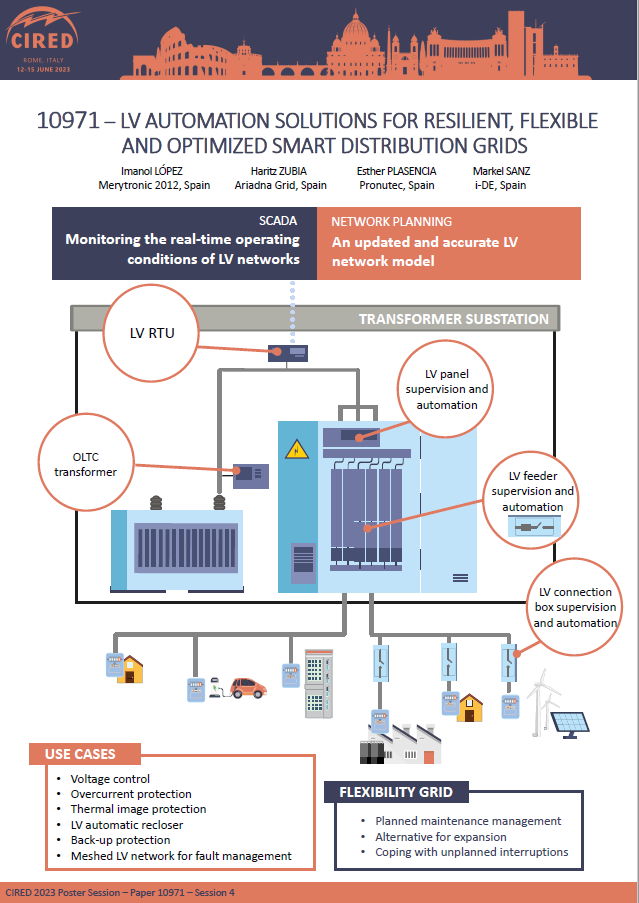
Related News
Low Voltage transformer monitoring, what advantages does it offer?
With growing energy demand and the need to optimise investment resources, utilities must implement solutions...
A new model of resilient LV network for massive EV charging and Distributed Generation
Paper presented at CIRED 2022 Porto Worshop. Introduction The increasing use of Electric Vehicles (EVs)...
Determination of a complex electric distribution network topology and its applications
There are increasing benefits to be gained from determining the connectivity or topology of the...



